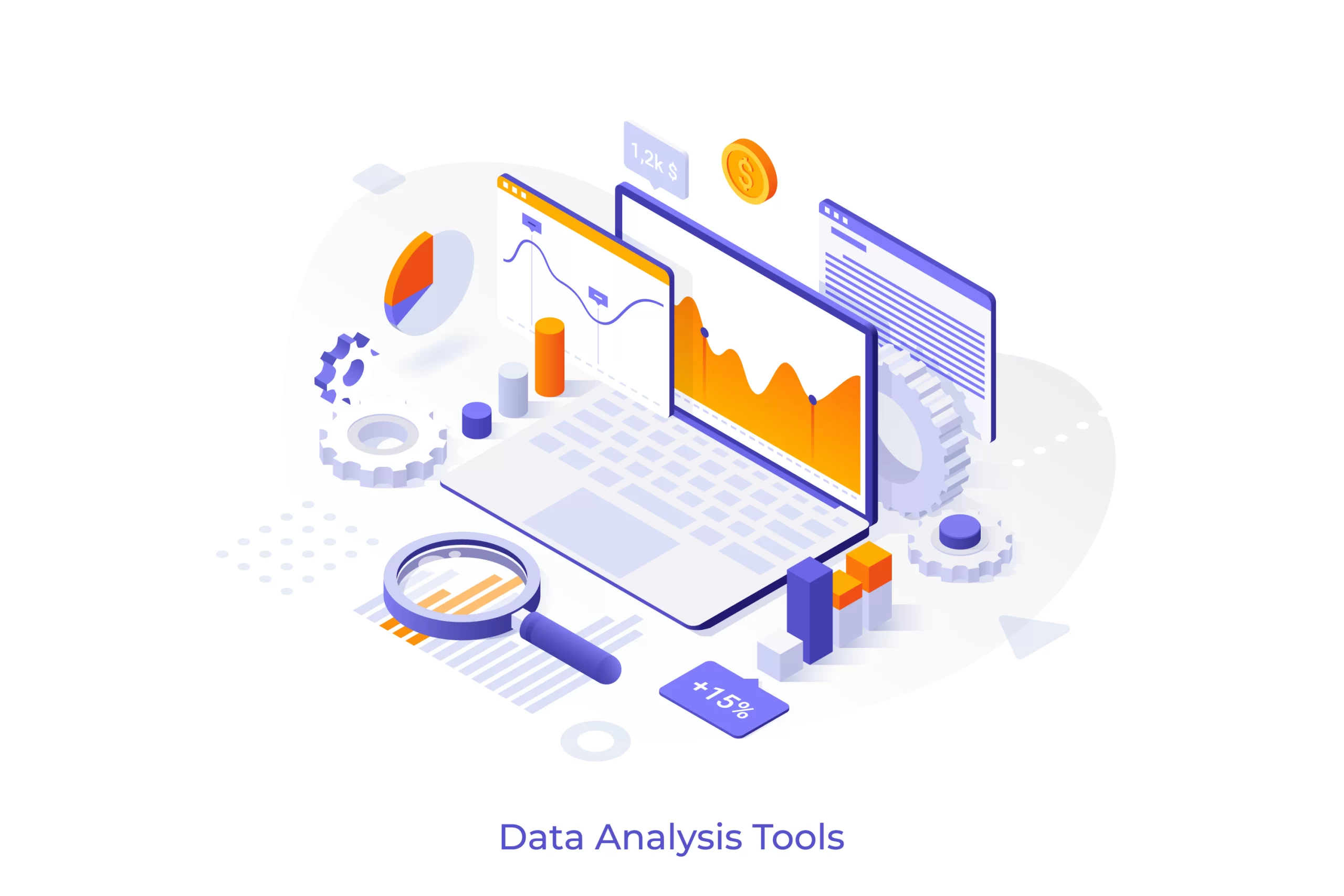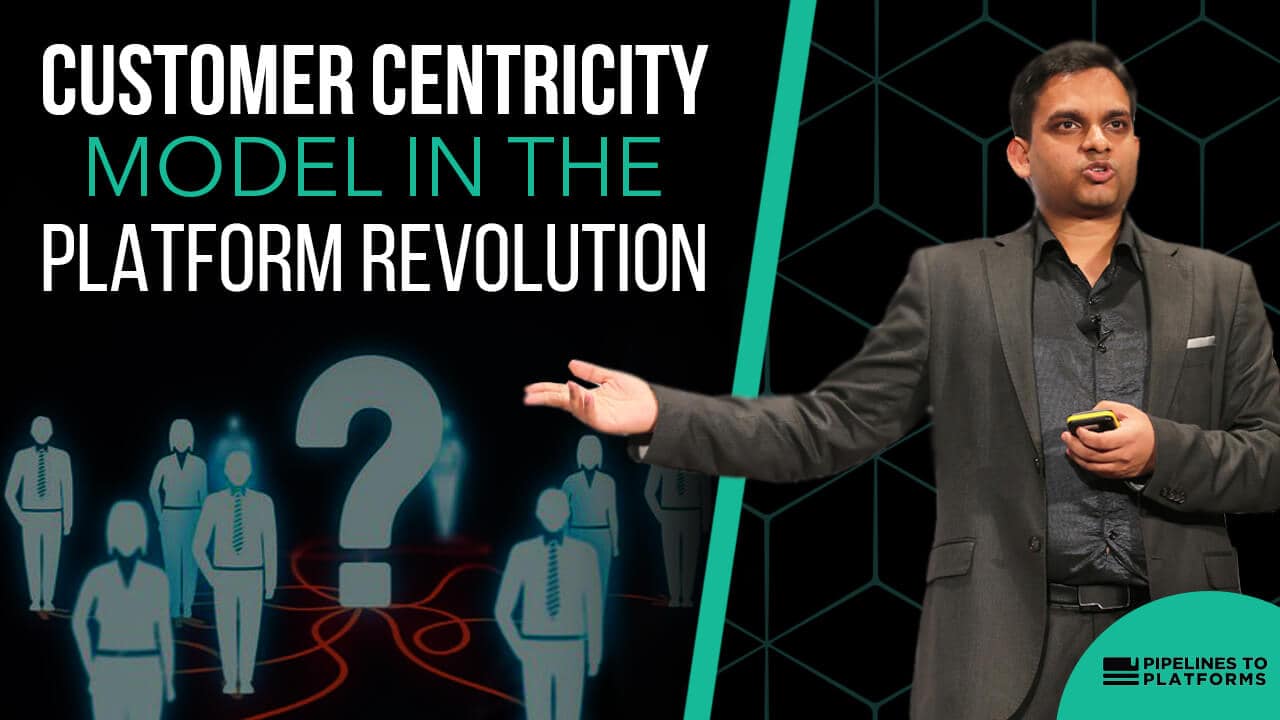Metrics
Optimizing Take Rate in the Digital Platform Marketplace
Take Rate Optimization (TRO) refers to the process of maximizing user engagement and conversion rates in a product or service. By analyzing user behavior, conducting experiments, and refining the user experience, TRO aims to increase the percentage of users who take a desired action, such as making a purchase or subscribing to a service.
Take rate refers to the percentage of revenue retained by a platform or marketplace from the total transactional value. It is commonly used to determine the platform’s revenue share or commission. The formula to calculate the take rate is:
Take Rate = (Platform Revenue / Total Transaction Value) * 100
For example, if a platform generates $1,000 in revenue from a total transaction value of $10,000, the take rate would be:
Take Rate = ($1,000 / $10,000) * 100 = 10%
Take rate optimization plays a crucial role in bolstering revenue growth and financial prosperity for digital platforms. Platforms can enhance their revenue potential and achieve sustainable growth by proficiently optimizing their take rate.
Strategies for Take Rate Optimization
Pricing Strategy
Evaluate and adjust pricing models to strike a balance between maximizing revenue and incentivizing user adoption. Experiment with different pricing tiers, discounts, or dynamic pricing strategies to optimize the take rate.
Value-based pricing strategy
Value-based pricing is one strategy for increasing take rate and revenue growth by aligning pricing with the perceived value delivered to users. Offer additional services or features that provide value to users and justify a higher take rate. Identify complementary services or premium offerings that enhance the user experience and drive willingness to pay.
Tiered pricing strategy
Is a powerful method for optimizing take rates. By offering different pricing tiers, platforms can cater to diverse user segments and their specific needs. A basic tier attracts price-sensitive users, a mid-tier appeals to those seeking additional features at a moderate price, while a premium tier targets customers who demand top-notch functionality and are willing to pay a premium. Careful differentiation and continuous evaluation are essential for success.
Dynamic pricing models
are also gaining prominence, leveraging real-time data and market conditions to adjust prices dynamically. This agile pricing strategy allows platforms to respond to changes in demand, supply, or other relevant factors, optimizing revenue generation in a dynamic digital marketplace.
Remember, take rate optimization is an iterative process that requires continuous monitoring, experimentation, and adaptation based on user feedback and market dynamics.
Balancing Take Rate and User Value
Balancing take rate and user value is crucial for sustainable growth. While optimizing the take rate is essential for revenue generation, it should be done in a way that provides meaningful value to users. By offering fair pricing, quality services, and a seamless user experience, platforms can ensure that users perceive the value they receive as worth the price paid. Platforms must focus on providing exceptional user experiences, valuable services, and fair pricing to establish a strong user base and foster loyalty.
Finding the right equilibrium between take rate optimization and user value leads to customer satisfaction, retention, and long-term success. By continuously enhancing product offerings, listening to user feedback, and adjusting take rates judiciously, platforms can strike the right balance.
Prioritizing user value ensures customer satisfaction, encourages repeat business, and drives positive word-of-mouth, ultimately leading to sustainable growth and financial success in the competitive digital marketplace.
How Digital Platforms Strike The Right Balance
Here are some digital platforms that have excelled in maintaining a favorable equilibrium, where the take rate remains reasonable while delivering substantial value to their users through a combination of product quality, user experience, and additional services.
- Spotify: Spotify, the popular music streaming platform, demonstrates a careful balance between take rate and user value. Despite its free tier with limited features, it incentivizes users to upgrade to premium subscriptions by offering ad-free listening, offline access, and personalized recommendations. Spotify focuses on enhancing user value through curated playlists, exclusive content, and continuous product innovation. While its take rate varies across subscription plans, it aims to provide a compelling value proposition at each tier. By consistently delivering high-quality music experiences, Spotify manages to strike a balance that keeps users engaged, satisfied, and willing to pay for the additional benefits offered in its premium subscriptions.
- Airbnb: Airbnb’s host-centric pricing model has also effectively balanced take rate and user value. Hosts can determine competitive prices based on factors like location, amenities, and demand, ensuring fair compensation for their offerings. Guests, in turn, have access to a wide range of accommodations at various price points, allowing them to find options that suit their budget and preferences. Airbnb maintains a balance between take rate and user value with hosts motivated to deliver quality experiences, and guests able to find affordable accommodation.
- Etsy: Etsy, a platform specializing in handmade and vintage goods, has successfully balanced take rate and user value. It attracts artisans and sellers by charging a modest transaction fee and providing a dedicated marketplace for niche products. Etsy emphasizes user value through its focus on creative and one-of-a-kind items, fostering a community of buyers who appreciate the craftsmanship and authenticity offered by sellers.
- Amazon: As one of the largest e-commerce marketplaces globally, Amazon has achieved a remarkable balance between take rate and user value. It offers a wide range of products at competitive prices while maintaining a relatively low take rate for third-party sellers. Amazon Prime, with its additional benefits like fast shipping and access to streaming services, enhances user value and encourages subscription loyalty.

Ready to explore your pricing strategies and be as successful as these top-notch digital platforms? Get digital platform consulting here.
Take rate optimization plays a crucial role in bolstering revenue growth and financial prosperity for digital platforms. Read how platforms can enhance their revenue potential and achieve sustainable growth by proficiently optimizing their take rate.
Feel Free to Share
Download
Our Insights Pack!
- Get more insights into how companies apply platform strategies
- Get early access to implementation criteria
- Get the latest on macro trends and practical frameworks
Overcoming Challenges and Pitfalls
Take rate optimization comes with its fair share of challenges and pitfalls. Common challenges include competitive pressure, user resistance to pricing changes, and finding the right pricing strategy for a specific market or industry.
One challenge is striking the right balance between maximizing revenue and ensuring user satisfaction. If the take rate is too high, it may deter users and lead to decreased adoption or engagement. Additionally, competitors offering lower fees can lure away users.
Another challenge is the potential for backlash if users perceive the take rate as unfair or disproportionate to the value received. Moreover, changes in market dynamics, shifts in user preferences, or regulatory constraints can impact the viability of existing take rate models. Successfully navigating these challenges requires constant monitoring, adaptability, and a deep understanding of user expectations and market dynamics.
Overcoming the pitfalls of take rate requires a strategic approach. First, thorough market research and user feedback analysis can help identify optimal pricing levels that balance revenue generation and user perception of value.
Implementing A/B testing and data analysis is another effective solution. By testing different pricing strategies and analyzing user behavior and revenue generation, platforms can make data-driven decisions to optimize their take rate.
Regular communication and transparency about the benefits offered at each pricing tier build trust and mitigate user dissatisfaction. Flexibility in pricing models, such as offering tiered options or customization, allows users to choose what aligns with their needs and budgets. Continuous monitoring of market dynamics, competition, and user sentiment enables timely adjustments to pricing strategies. Lastly, investing in enhancing user experience, adding value-added services, and fostering a strong community can reinforce user value perception, leading to higher acceptance of the take rate.
Leverage The Digital Marketplace with Platform Thinking Labs
Take rates play a pivotal role in platform economies. Managers must carefully consider the impact of take rate adjustments on user satisfaction, adoption rates, and long-term growth. Increasing the take rate may boost revenue initially but could lead to higher costs, reduced seller participation, or user dissatisfaction.
At Platform Thinking Labs, we bring 20+ years of experience in advising businesses on their digital platform consulting needs and have helped many organizations strategize their future business models in the platform economy.
Led by globally recognized expert Sangeet Paul Choudary, we have advised more than 50 of the Fortune500 firms and diverse clients across healthcare, financial services, automotive, energy, mining, retail, heavy industry, construction, pet care, logistics, media, and many other domains, working with some of the leading BigTech firms as well as some of the largest incumbent Fortune 500 companies.
If you are looking to understand the intricacies of platform ecosystems, identify opportunities for growth, and implement effective strategies to elevate your platform transformation journey, please drop in a line over here.
State of the Platform Revolution
The State of the Platform Revolution report covers the key themes in the platform economy in the aftermath of the Covid-19 pandemic.
This annual report, based on Sangeet’s international best-selling book Platform Revolution, highlights the key themes shaping the future of value creation and power structures in the platform economy.
Themes covered in this report have been presented at multiple Fortune 500 board meetings, C-level conclaves, international summits, and policy roundtables.
Subscribe to Our Newsletter













